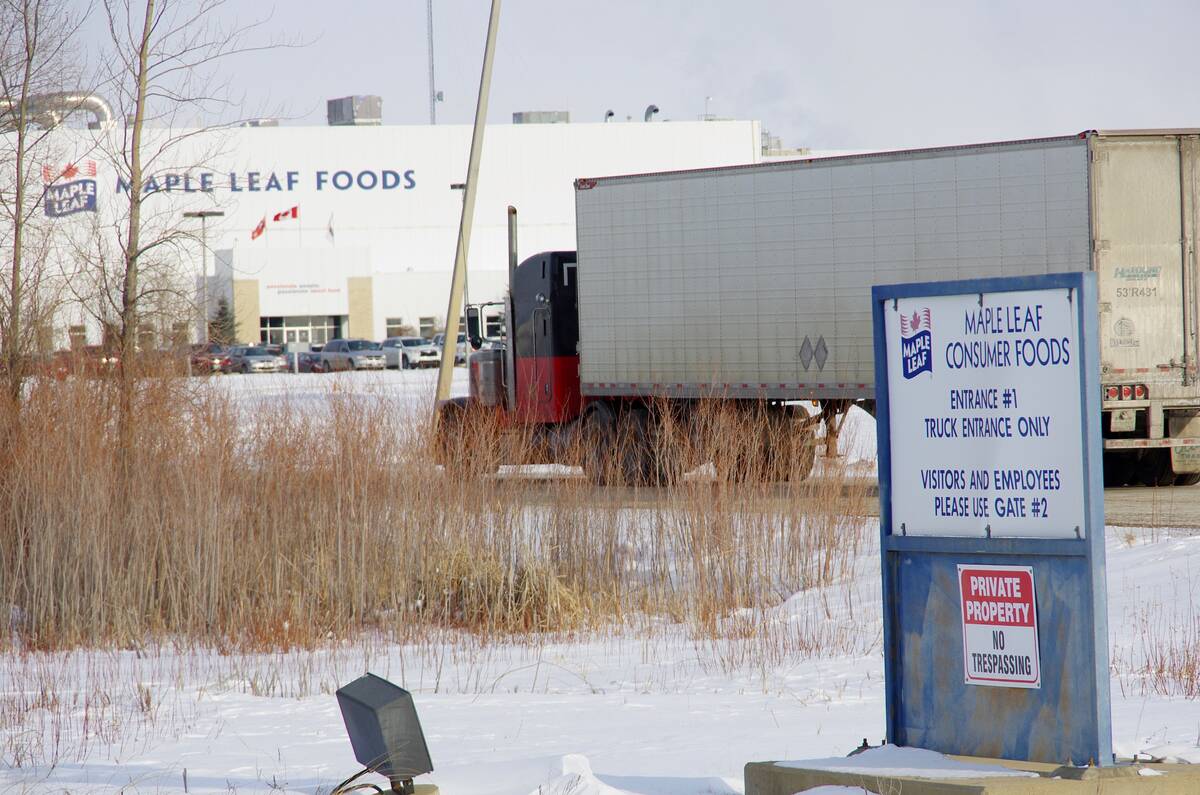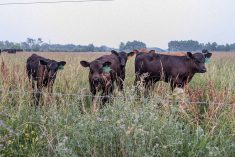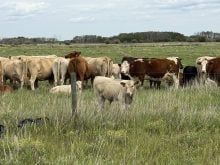In the movie Outbreak, a virologist played by Dustin Hoffman desperately races against the clock searching for a miracle serum to cure an ebola-like infection that entered the United States.
When real life stories spread about antibiotic resistant bacteria, there is genuine fear a new generation of superbugs has emerged to attack defenceless humans.
Searching for scapegoats, some point a finger at the livestock and poultry industries, claiming resistant bacteria may have traveled from meat to humans.
They contend penicillin or tetracycline added to animal feed could allow a resistant strain of bacteria to escape and infect people via the food chain.
Read Also

Manitoba pork exports gain new market ground
Manitoba’s pork trade pivoted from China over the last five years, while Japan is remains the largest customer and South Korea and Mexico market footholds have grown
Industry officials say there is little evidence to support that charge.
Trish Dowling of the Western Veterinary College in Saskatoon said the link between adding antibiotics to feed and bacteria resistance is an urban myth.
Resistance shows up when antibiotics kill the sensitive bacteria and leave the resistant bacteria to survive. The resistant strains then multiply.
“Most of the problem in humans is because the human doctors give everybody antibiotics like candy,” said Dowling.
“I occasionally do see bacteria cases that are highly resistant to antibiotics,” she said. However, she added she usually finds an explanation for the resistance after studying the sick animal.
Animal drugs differ
When animals or birds receive medicine in feed or water, it is administered at lower levels than injected drugs and they are not the same form of drugs humans receive, she said.
In Dowling’s opinion, diseases piggybacking on international travelers or on imported food supplies pose a greater threat to human health.
Resistant bacteria are not new and some like the Vancomycin Resistant Enterococcus, or VRE, are deadly. Enterococcus bacteria are resistant to virtually all antibiotics including the most powerful drug of all, Vancomycin.
Hospitals throughout the world have reported cases of VRE. Last week, a Calgary hospital reported it discovered an elderly patient with VRE and moved her to an isolation unit. Hospital officials warned visitors to wash their hands after visiting patients.
VRE strikes mainly people whose immune systems are already stressed because they are geriatric patients, have cancer, AIDS or complications from surgery.
Okotoks, Alta. veterinarian Kee Jim agreed with Dowling’s assessment that stubborn bacteria exist in the human disease chain because people overuse or don’t properly take medicine.
From his clinic, Feedlot Health Management Services, Jim handles about 1.2 million cattle a year.
Feedlot cattle receive antibiotics in efforts to keep them disease free while living in close quarters where disease can rapidly spread. Healthy animals also eat and drink properly and grow more efficiently.
Minimal risk
“If you buy meat from the supermarket and believe you’re going to get a super infection with some bacteria, the risk of that happening is virtually negligible, but it’s not zero,” said Jim.
The issue of resistant bacteria surfaced about two decades ago.
A 1980 study by the National Academy of Sciences, which advises the American Congress, concluded there was no evidence linking animal feed containing antibiotics to resistant bacteria that strike humans.
However, the report recommended more research.
Accusations that the livestock industry has contributed to the problem comes from many sources. A 1992 Danish study said there was a link where antibiotics used for livestock may impact human health by contributing to the development of antibiotic-resistant bacteria and antibiotic residues.
It also said resistant bacteria are killed by proper cooking. Foodborne illness does not result unless rare or raw meat, unpasteurized milk, or raw eggs are eaten.















